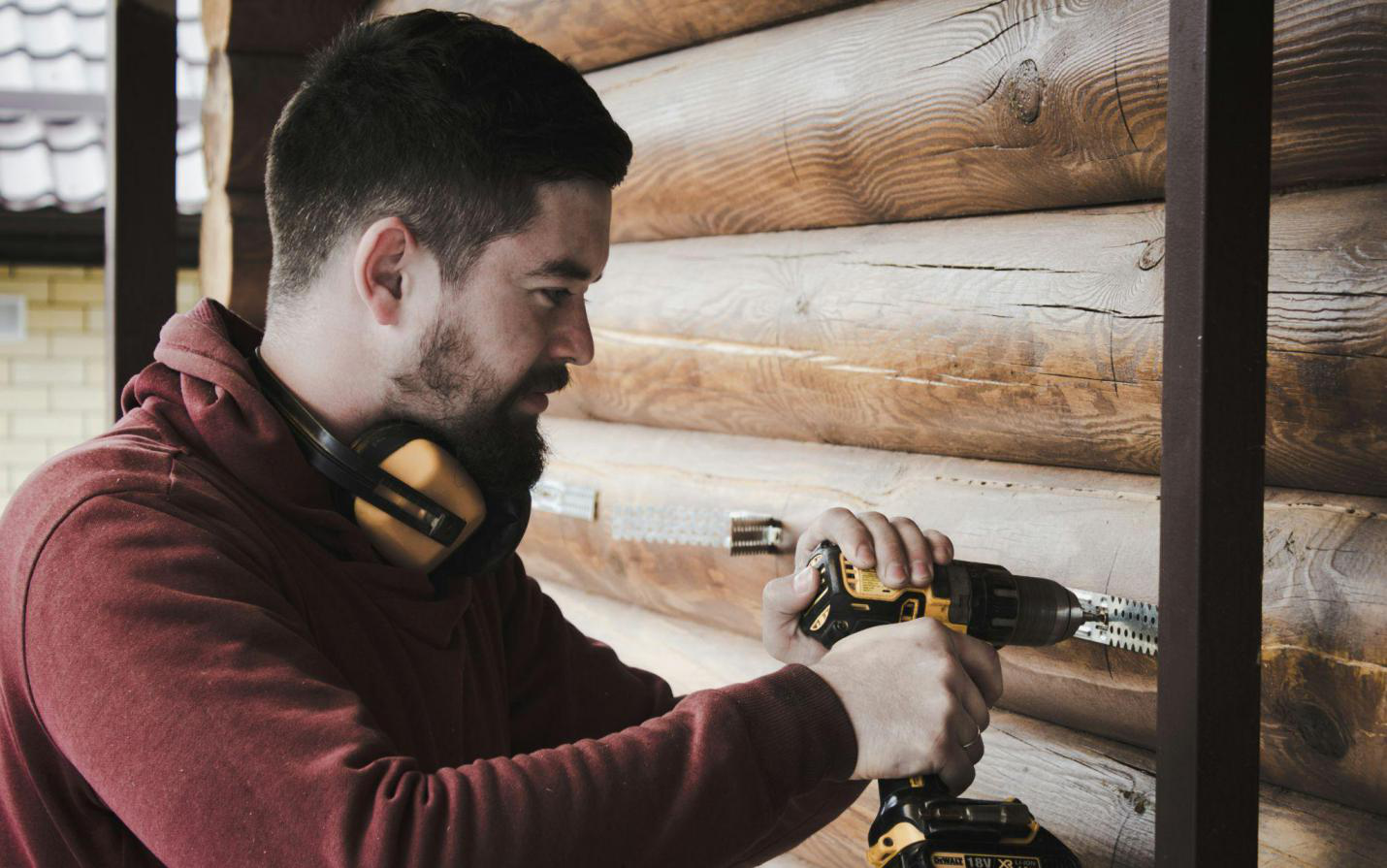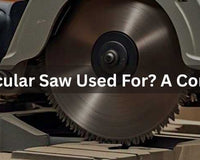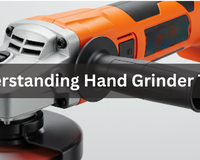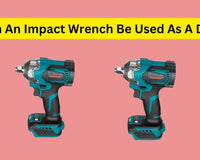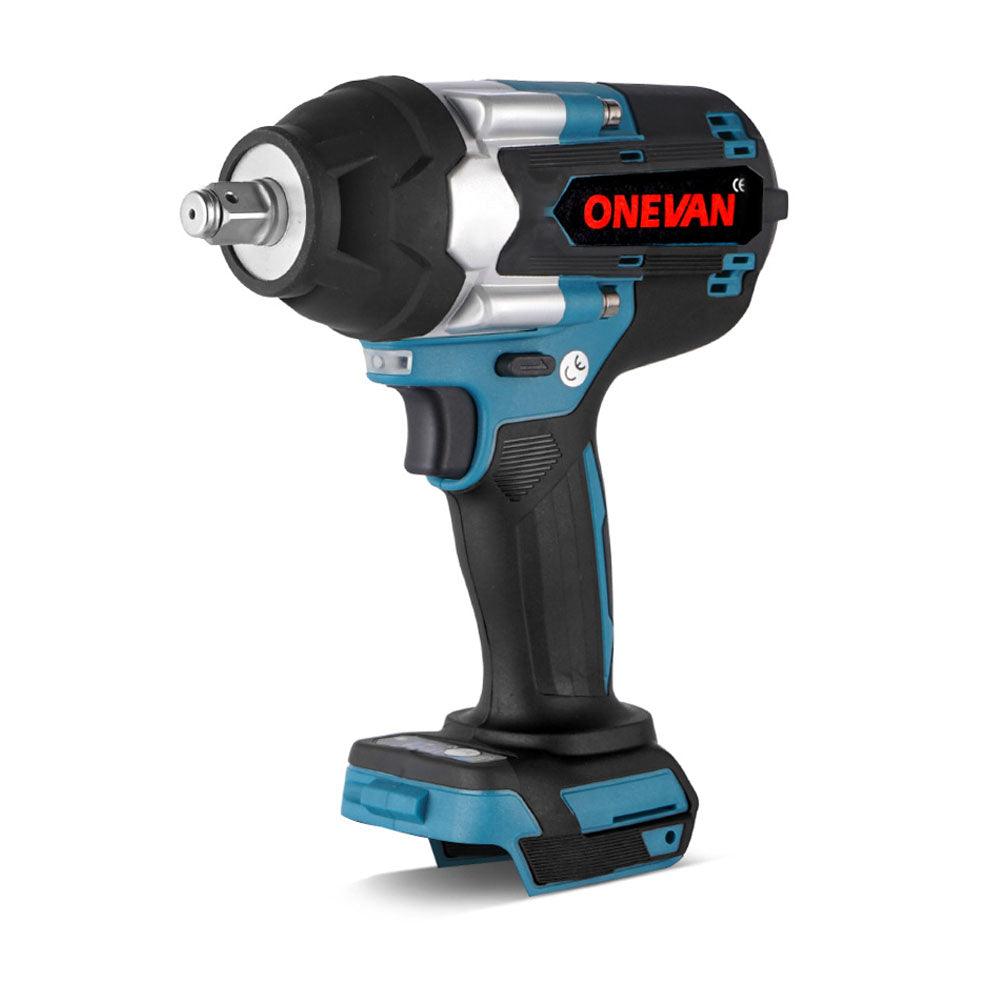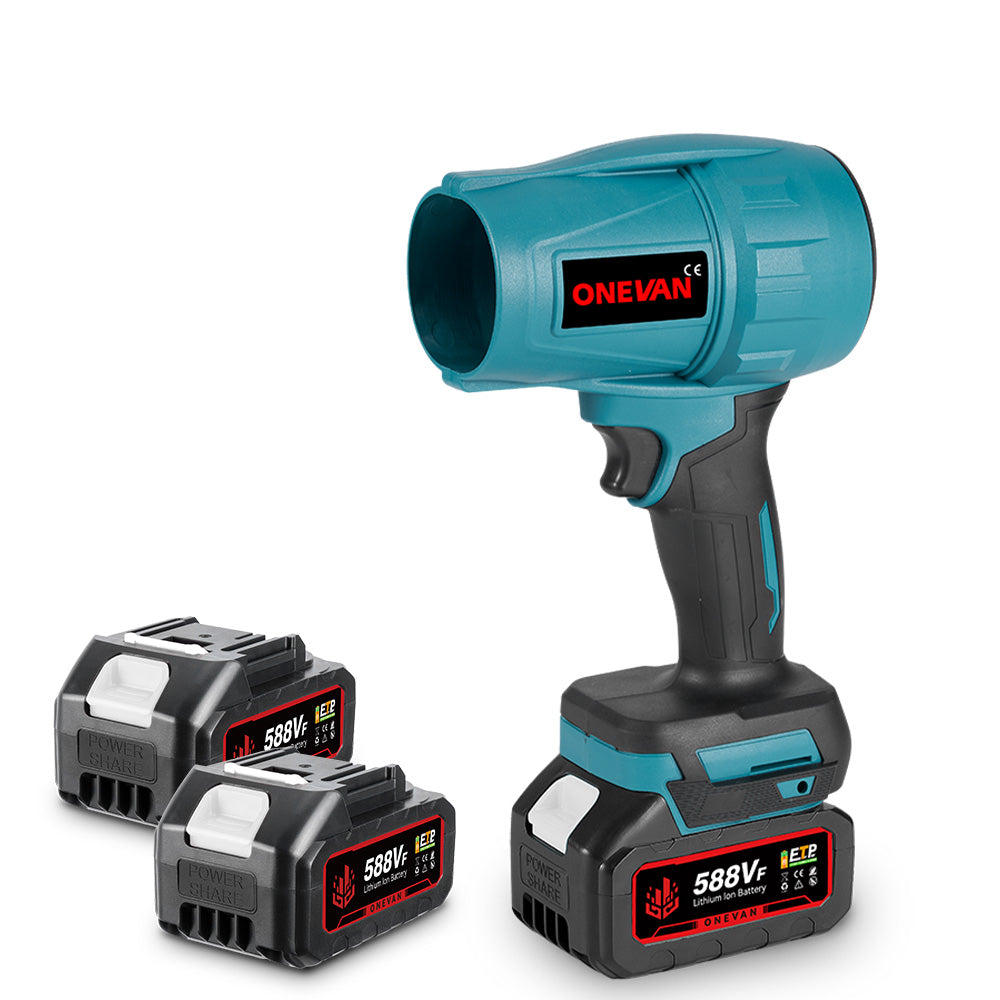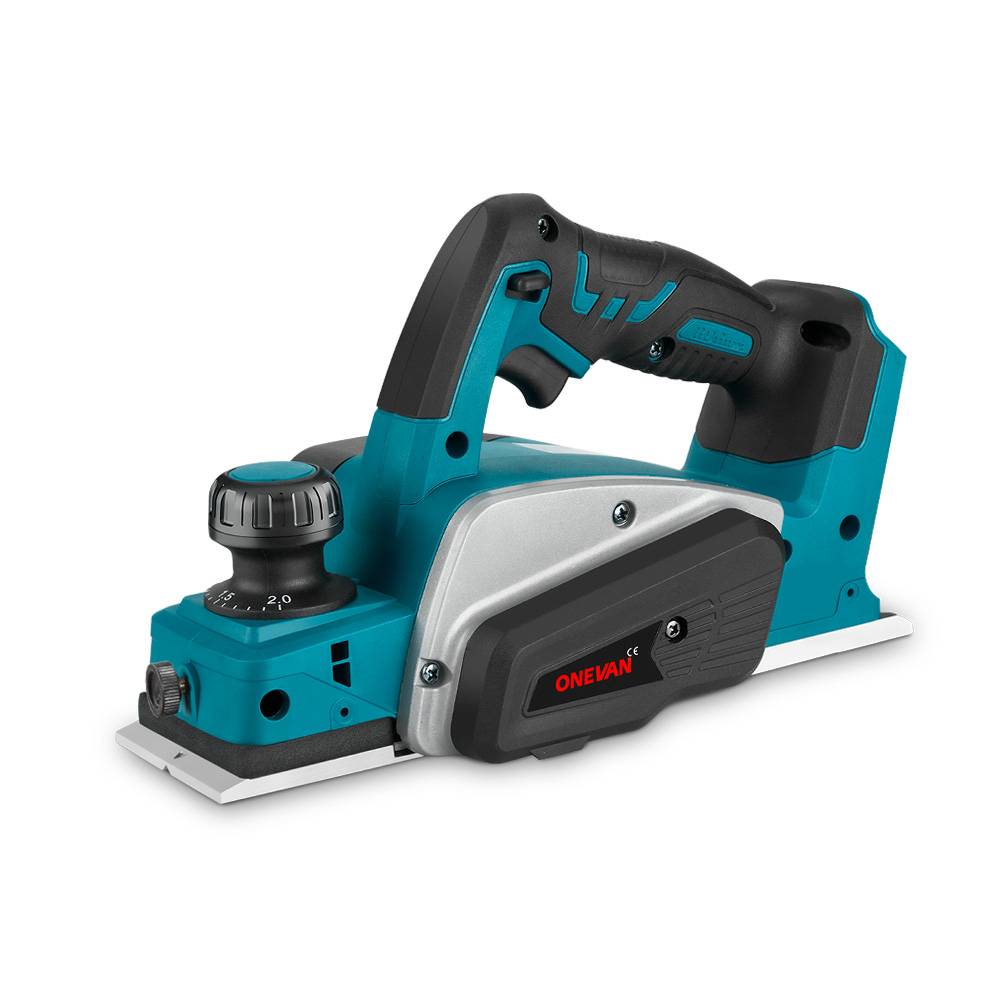Is the hammer drill suitable for wood or metal, and can hammer drills be used on screws? This article discusses whether a hammer drill can function as a standard drill to save you the stress of using an incorrect tool. Get clarity on what must be done before drilling your next hole.
1. Introduction
Hammer drills are well-suited for drilling into hard materials like brick and concrete, which is why they are frequently used in masonry and construction. However, can we use hammer drills for everyday household tasks? Let's consider this.
2. What’s the Difference Between a Hammer Drill and a Regular Drill?
When looking for a cordless drill, the hardware store offers two comparable options. The main difference is that a hammer drill combines hammering and spinning, while a regular drill only spins.
As a result, the hammer drill can penetrate far more difficult materials than a standard drill. There are many similarities between a hammer drill and a standard drill, except for how they hammer. Some of the differences are as follows:
- Mechanism: For drilling wood, plastic, and light metals, regular drills primarily rotate to cut through materials. Hammer drills combine rotation with a percussive hammering action, making them effective for drilling into hard surfaces.
- Use: Hammer drills produce holes in stone, brick, and concrete. Hammer drills effectively break up difficult materials, making them ideal for tough applications. This equipment is for large construction and refurbishment. Regular drills are preferable for DIY and home projects because they are effective for making holes in materials like metal, plastic, and wood, although they may not perform as well on harder materials.
- Speed: Hammer drills typically operate at lower speeds than standard drills but exert greater force, making them suitable for drilling into concrete and stone. Regular drills can drill through soft materials more effectively due to their optimal speed and force.
- Size: Smaller, lighter hammer drills, like the ONEVAN Cordless Hammer Drill, have more power than regular drills. Many outdoor operations require hammer drills' portability and utility.
- Cost: Hammer drills typically cost between $50 and $300, depending on their power and features. In contrast, regular drills usually cost between $20 and $150. Higher-end models of both types can be more expensive, especially for heavy-duty applications.
3. How to Use a Hammer Drill as a Regular Drill?
If you are wondering, can a hammer drill be used as a regular drill? With a few tweaks, yes. Adhere to these easy steps to guarantee efficient and seamless drilling.
Turn off the Hammering Function
Turn off the hammering function to prevent harming softer materials. This enables the hammer drill to function similarly to a standard drill. You'll have more control over easier tasks.
Select the Right Bit
Choose a bit made specifically for the material you drill with daily. For routine tasks, use metal or wood bits. The right bit guarantees clean and accurate holes.
Control Speed and Pressure
Adapt the speed to the type of material you are drilling into. Allow the drill to proceed at its own pace without exerting too much pressure. By doing this, you can avoid the harm to both the material and the tool.
Monitor Heat
If you use the drill for extended periods, it may heat up. To keep the drill cool and maintain its effectiveness, take brief breaks. This will help you increase your tool's lifespan.
4. When Can You Use a Hammer Drill as a Regular Drill?
A hammer drill is often considered more powerful than a regular drill since it drills through tougher materials. Moreover, it can also be used as an ordinary drill in a few nuanced situations. Some of them are listed below:
Drilling into Softwood
Just like a standard drill, a hammer drill can be employed while working on softwood. So you don’t need to use the hammering action while working on softwood. Not using the hammer function when drilling enables you to create a smoother and more precise hole. In this case, you are still getting the power of a hammer drill, but with the gentler touch of a regular drill because a softwood doesn’t require harsh measures.
Drilling Into Drywall or Plasterboard
These materials are soft, so there’s no need for the hammer function. A hammer drill is ideal for hard walls and masonry; however, since plasterboard/drywall is a soft material, you can use a hammer drill without the hammering action. This task will help ensure that the holes are clean and accurate, as opposed to the holes that are being drilled otherwise, which cause quite a bit of damage. It's handy for hanging fixtures or running wires.
General Drilling Tasks
A hammer drill is adequate for general purposes. When drilling holes in wood or metal, turning the hammering function off will smooth the process. Specific drill bits designed for regular drills can also be used with precision and control to achieve the desired results.
Using Specific Drill Bits
Hammer drills are often preferred when using specialized bits designed for harder materials. However, wooden, plastic, or even metal bits do not require the hammering action. You can simply drill and achieve precision holes.
For Situations That Require More Force
Hammer drills offer muscle power compared to regular drills. If the material you are drilling is tougher, say, thick wood, then the force of a hammer drill would be of great help. Turning the hammering function off will give you the power you need without damaging softer materials.
When Speed is Needed
A hammer drill is the ideal option for multitasking tasks such as drilling numerous holes in record time. Without its hammering action, a hammer drill is very useful for getting things done quickly, particularly when doing large DIY projects.
While Operating in a Mixed Material Environment
Hammer drills are useful for drilling through materials such as wood and concrete. These drills can alternate between varying functions, which is a plus. If the hammering function is turned off, the drill's precision cutting abilities become helpful while drilling softer materials.
5. Top 10 Mistakes When Using a Hammer Drill as a Regular Drill
When you do not know how to properly use a hammer drill, it can result in complications. Most people misuse the hammer feature. Hammer drills are durable instruments designed for hard jobs like building bricks, but using them as regular drills can be dangerous. Here are the ten biggest mistakes people make when they use a hammer drill:
1. Misusing the Hammer Feature: Only use the hammer function on brick or stone. Soft materials like wood or plasterboard can get damaged.
2. Wrong Drill Bits. Always use the correct drill bits for each material. Using wood bits for metal can damage both the drill and the bit.
3. Incorrect Speed Settings: Using the wrong speed can ruin your workpiece and make drilling harder.
4. Excessive Force: Applying too much force can overheat or break the drill bit.
5. Insufficient Force: Not applying enough pressure can cause the drill to wander and create crooked holes.
6. Ignoring Pilot Holes: For tougher materials, it is crucial to drill a pilot hole to prevent the drill from shifting and ensure precise holes.
7. Using the Wrong Mode: Never use the hammer mode on materials like metal or wood. It will strain the drill and the workpiece.
8. Neglecting Tool Maintenance: Failing to grease or cool down the drill can reduce tool life and performance.
9. Lack of Protective Gear: Not wearing gloves or eye protection can lead to injuries.
10. Forgetting Drilling Depth: Not paying attention to drilling depth can lead to unlevel holes and accidents.
6. Hammer Drill vs Impact Driver vs Regular Drill: Which Do You Need?
Common Household Tasks
The drill bit can cut through tough materials about five times faster because it has more power than a regular drill. Working with heavy things like drilling deeply into stone or brick or setting stakes will take more time and effort without a hammer drill. A normal drill works well for light drilling into soft materials, but it does not have the strength and raw force to drill into brick or concrete. However, regular drills will be conducted for most common home improvement jobs. If you have a lot of screw-driving to do — especially with longer screws — an impact driver can make the job much easier with high torque.
Drilling into Concrete, Brick, or Other Hard Materials
The ONEVAN cordless ham drills are best for drilling into concrete, brick, or other hard materials. Its specific hammering action matches rapid hammer blows to rotary motion, perfect for the hardest surfaces like concrete and masonry. This extra power makes the drill bit about five times faster than a regular drill at cutting through tough materials. Hammer drills are great for tough jobs like drilling deep into stone or brick or setting stakes. It saves you time and effort. A regular drill works well for light drilling into soft materials, but it does not have the strength and raw force to drill into brick or concrete. For drilling such hard materials as concrete, an impact driver is also not the solution; an impact driver is designed to drive fasteners, not create holes in hard surfaces. So, a hammer drill is the go-to tool for any project with concrete or masonry.
Driving Screws and Fasteners Quickly and Efficiently in Tough Materials
You need an impact driver to drive screws and other objects quickly and easily into tough materials. An impact driver drives screws with short bursts of rotational force, making it more effective for dense materials, while also applying steady torque as needed. This requires less work. This works great for dense things like metal, thick plastics, and hardwood. The increased torque and short power bursts make it easier to drive long screws into dense materials. They also protect the wrists from pressure and keep screw heads from sliding off. That's not what a hammer drill is for, but you can use it to drill through hard things. An impact driver is the only tool that can be sure to drive screws quickly and effectively, especially through materials that need more force.
7. Conclusion
A hammer drill can be used as a regular drill if you turn off the hammer function. It works well for tough materials like concrete and brick. But it can also handle soft materials like wood and drywall. You just need to use the right settings and bits. For everyday home tasks, a regular drill is enough. But a hammer drill is more flexible if you work with different materials. Always use the right speed and pressure. Do not force the tool. Let the drill work smoothly. For driving screws, an impact driver is best. It gives better control and less strain. Using the right tool for each job saves time and avoids damage. Hammer drills are strong and reliable. But they must be used the right way. You can use them as regular drills. Just know when and how to switch modes. This helps you work better and keep your tools safe.
8. FAQs
Can I drill into wood with hammer mode on?
No, the hammer mode won't work on wood. It may also ruin the wood and rough holes. For wood, use normal drill mode.
Do professionals carry both drills?
Yes, Hammer drills are designed for harder materials like concrete, while regular drills are used for general tasks like drilling into wood and metal.
Can a Hammer Drill Replace a Regular Drill Completely
Not completely. Though a hammer drill can do many of the same things as a regular drill, it is designed for more difficult materials. Using a regular drill is faster and more accurate for everyday work.

